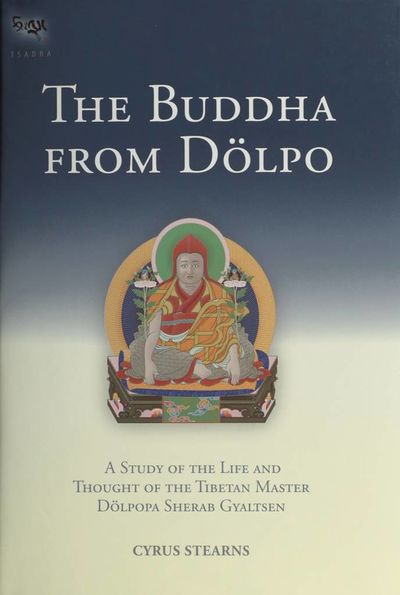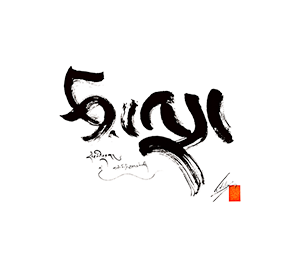According to Dölpopa the process of enlightenment can be illuminated by some traditional examples. First, he accepts two types of "universal groung" (aālaya, kun gzhi). Of these, he considers the buddha nature, or sugata essence, to be the "universal-ground primoridal awareness" (kun gzhi ye shes). While still veiled by the temporary obscurations, of the afflictions and of knwledge, ths is like the sky filled with clouds or a jewel covered with mud. In contrast, the "universal-ground consciousness" (ālayavijñāna, kun gzhi rnam shes) is the impurities or incidental stains that are to be removed, and the deeply imprinted habitual propensities associated with it. Thes are like the clouds in the sky or the mud covering the jewel. Second, the path is composed of the various techniques of practice that removed the impurities. This path can be likened to the wind that scatters the clouds of the stream of water that washes the mud from the jewel. Finally, the result is described as an attainment, but is really unified bliss and emptiness, a self-arisen primordial awareness that is eternally present, but now manifests or actualizes. This is like the appearance of the clear cloudless sky or the jewel separated from the mud. Dölpopa says the incidental stains must be understood as empty of self-nature and suitable to be removed through meditation practice, while the buddha nature itself is empty only of other extrinsic factors such as the incidental stains that veil its eternal and indestructible nature.
~ in The Buddha from Dolpo (2010), page(s) 91


